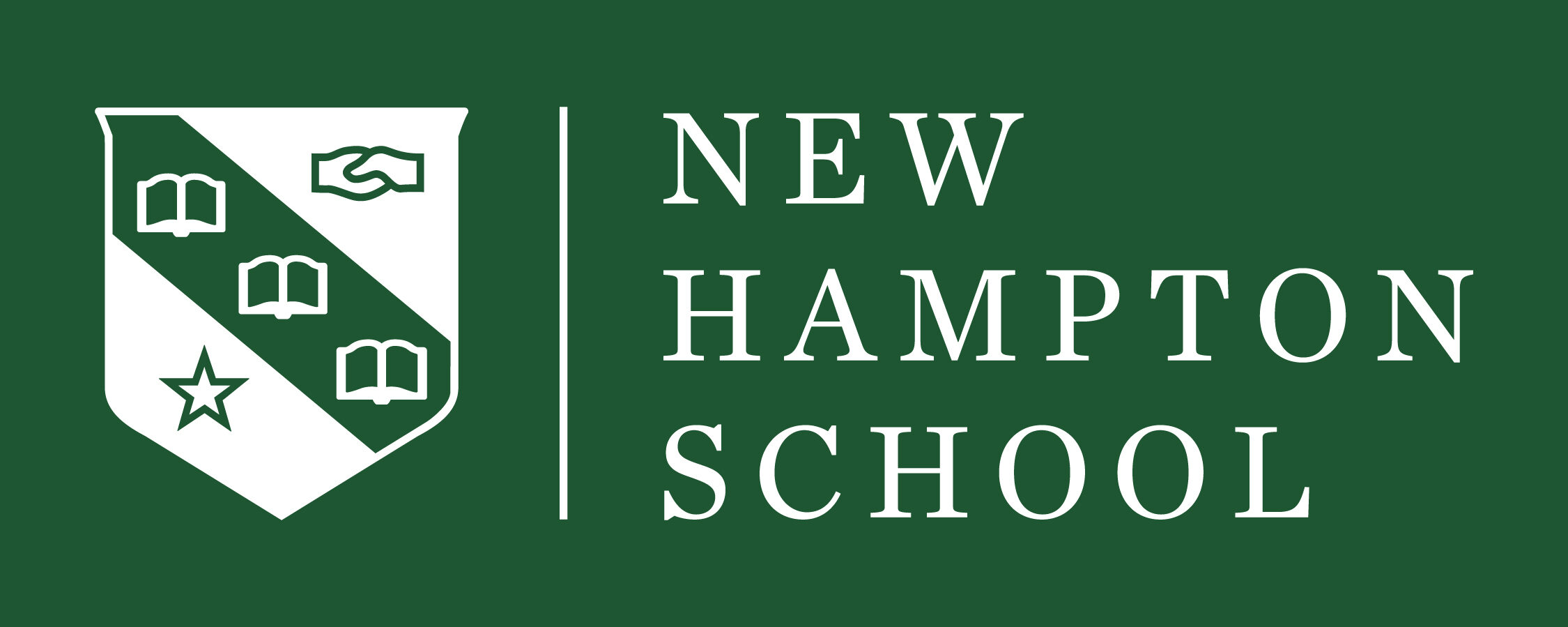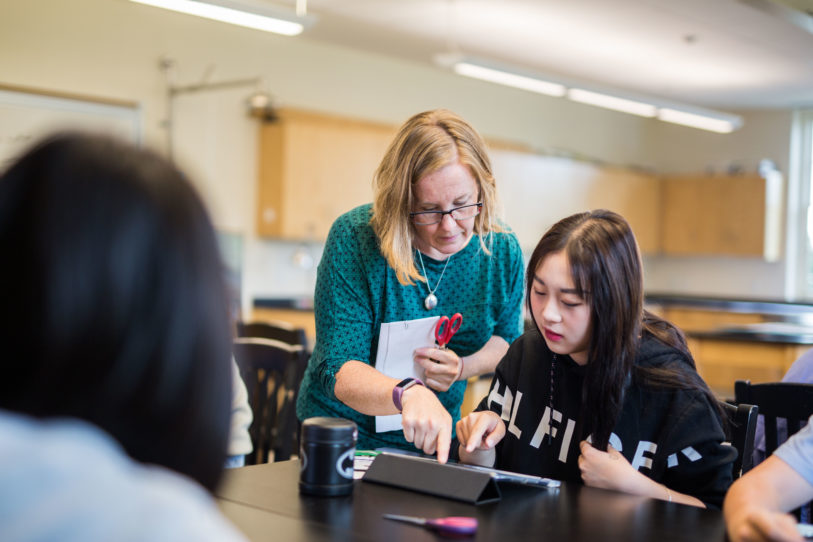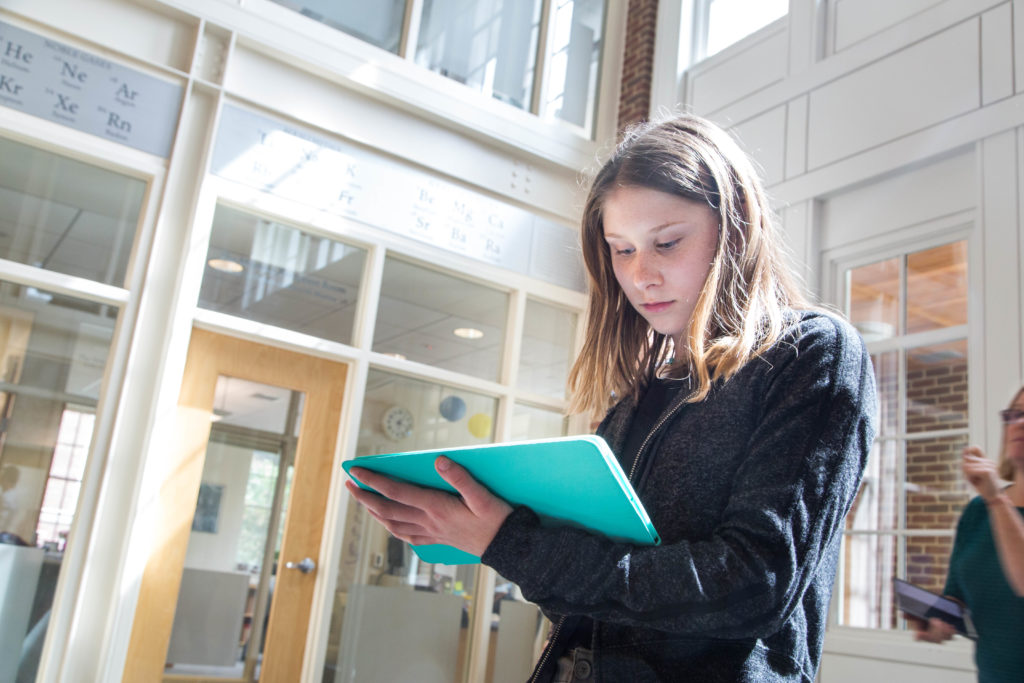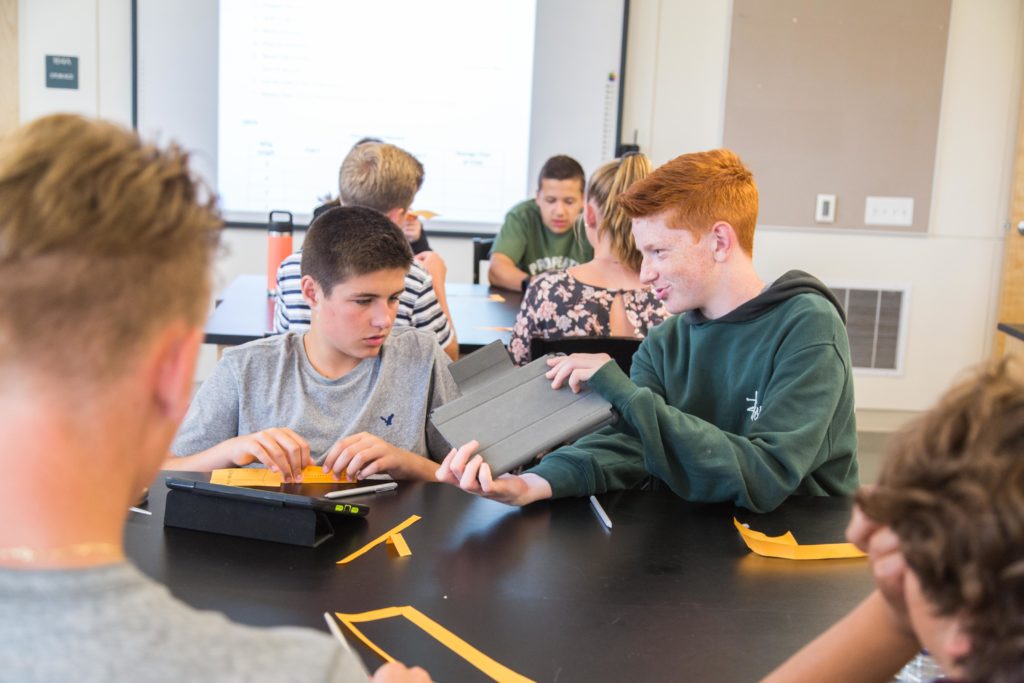Kim Duncan still remembers her high school chemistry class; “I remember being fascinated with all the colors that were possible from different transition metal compounds. The rainbow of possibilities piqued my interest.” From that moment onward, Dr. Duncan’s path followed the sciences, taking her on a winding course that most recently led her to New Hampton School. The array of experiences from her career—including lobbying, postdoctoral research, teaching in higher education and working at a space science museum—provide a rich background from which to share knowledge and inspire her students.
What do you love about teaching?
I have embraced the idea that we are lifelong learners. As a scientific thinker, the worst thing that can happen is to lose your curiosity. I consider it a win if my students spend time wondering about how or why something happens, even if they don’t remember how to calculate the force of gravity on an object or the resistance of a series circuit.
What do you enjoy most about teaching Applied Physics at New Hampton School?
I believe that today’s kids need time to tinker in risk-free atmospheres in addition to learning content. I have been so fortunate to be in a teaching environment that values the process of learning and not just the outcomes. For example, we spent 3-4 class sessions on an egg drop project to examine free fall. Students built a container to protect an “egg-stronaut” during entry, descent and landing. This project gave the students an opportunity to be creative problem solvers, collect data, collaborate with their peers and have firsthand experience with the engineering design process.
How do you instill your love of sciences in your students?
In my science/research career, I was fortunate to have good mentors. What I admire most about them was that they remained curious about the world around them. I try to model that same curiosity to my students—sometimes with space science, sometimes with other current discoveries, sometimes by just helping them answer their questions about the world around them. I do my best to honor their curiosity—even when they worry that their questions are silly.
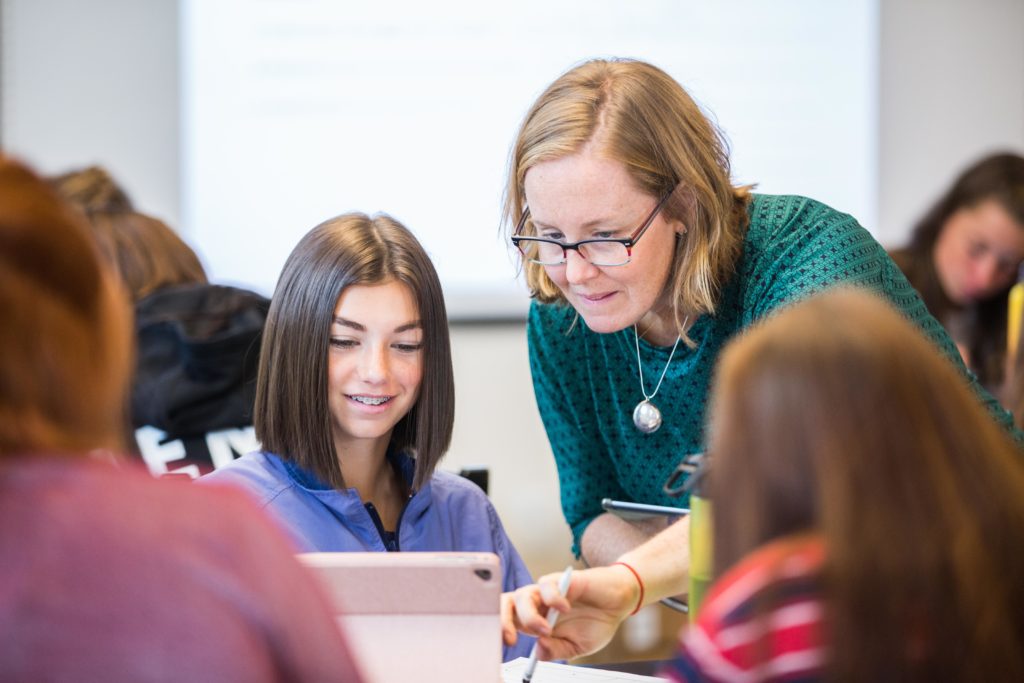
How would you describe your classes?
I keep my students active in class. We do a lab or activity at least 1-2 times per week. Collecting data, analyzing trends, figuring out WHY something isn’t working—and even figuring out HOW to figure out why something isn’t working are all important skills that my students will use throughout their lifetimes.
How have you been able to take your background in Chemistry and apply it to Physics?
This is not the first time that I have been a chemist-in-physicist’s clothing! My undergraduate and graduate research both required an understanding of physics. So, I collaborated a lot with physicists and learned to speak their language as I taught them synthetic techniques.
For me—all science is interconnected and at an advanced level, the lines between one discipline and another are blurred. I would love to challenge my students to find connections between our classroom and the work being done in biology, chemistry, and earth science.
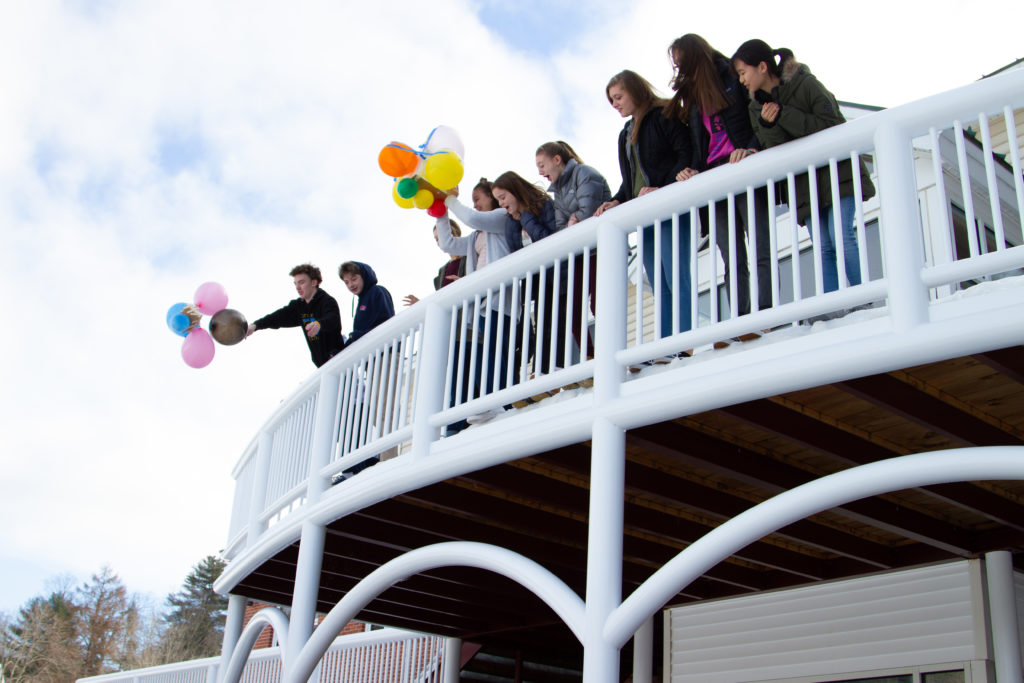
Are there recent initiatives or lessons that students have really enjoyed?
I mentioned the egg drop already—that has been a lot of fun. It’s been neat to see the variety of ideas that have come out of this project. One group crafted a giant helicopter propeller to slow the descent of the egg. I was impressed to see them bring in an experience from earlier this year (we examined the influence of wing length on descent of a paper helicopter to learn about independent and dependent variables). Their first attempt was major fail. But, they employed the design process to move from a prototype that crashed to a final design that worked beautifully!
